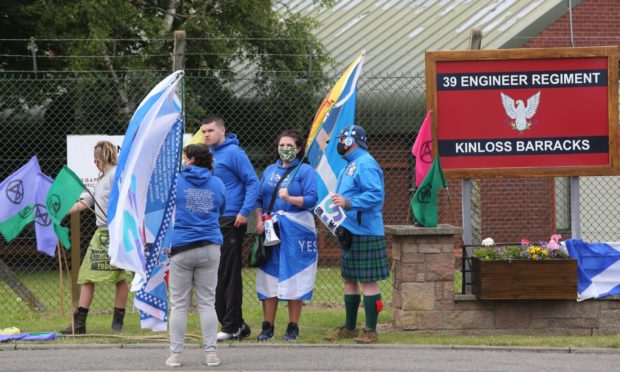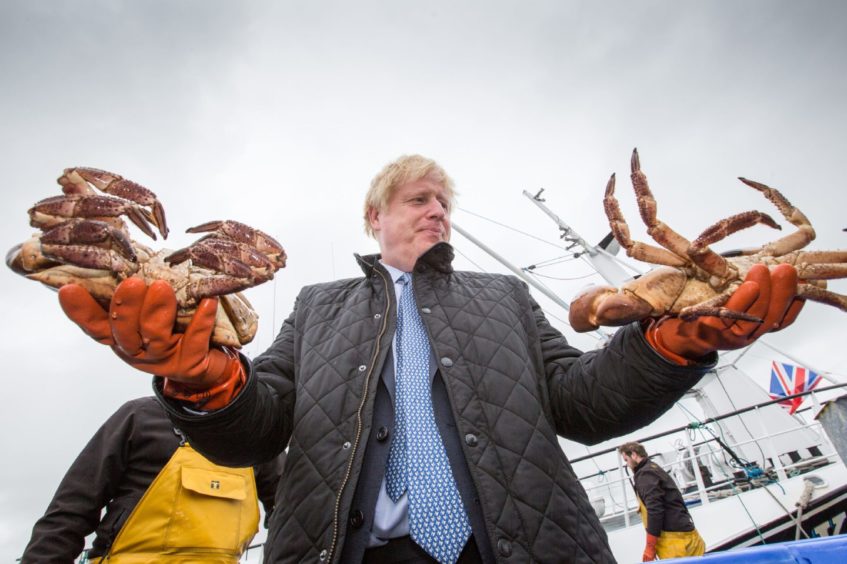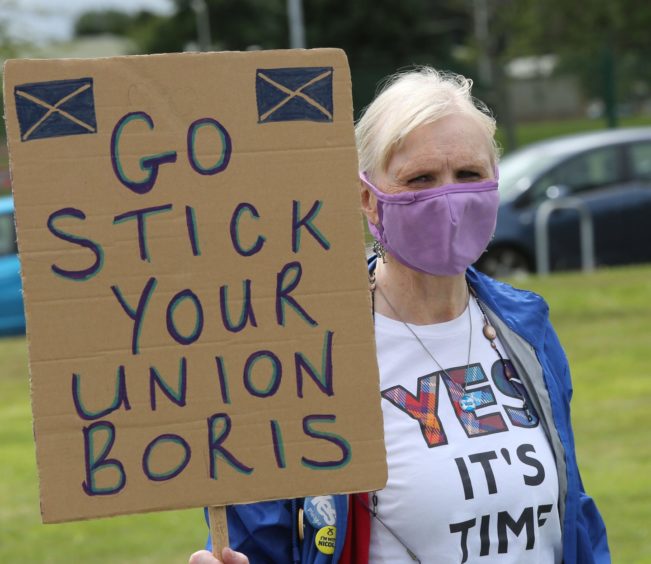The fact that Boris Johnson ended his trip to Scotland with a visit to RAF Lossiemouth in Douglas Ross’s Moray constituency seemed to symbolise the prime minister’s Scottish predicament.
Around two months ago Mr Ross quit Mr Johnson’s government in protest at Dominic Cummings’s hugely controversial 260-mile drive from London to Durham during lockdown.
Mr Ross was unable to look constituents in the eye and defend Mr Johnson’s aide’s liberal interpretation of the coronavirus guidance. Mr Ross shared the public distaste of the Cummings episode, which became a totem for the way the prime minister has handled the crisis.
The mixed-messaging coming from the UK Government has been unfavourably compared with Nicola Sturgeon’s straightforward communication with the public. This contrast between the two leaders has contributed to Mr Johnson’s image problem north of the border and coincided with rising support for Scottish independence.
Mr Johnson’s trip to the north of Scotland – starting in the Orkney islands and ending at Lossiemouth – was an attempt to tip the scales in his favour.
In this respect, the prime minister faces a big challenge and it is doubtful whether the occasional flying visit north of the border will be enough to do that.
With support for independence reaching a record 54% in a recent Panelbase poll, the Union has seldom looked more fragile despite Mr Johnson’s refusal to contemplate a second independence referendum.
There is a troubling irony for the prime minister that support for independence is rising at a time when so many Scottish jobs during the coronavirus crisis have been protected by the UK Government furlough scheme and the deep pockets of the Treasury.
Scottish politicians and Whitehall insiders acknowledge that not enough has been done to promote the financial benefits of being part of the United Kingdom. Mr Johnson’s trip – his fifth since he became prime minister a year ago — was his latest attempt to put that right.
Mr Johnson was at pains to promote the 900,000 Scottish jobs protected by the UK Government furlough scheme and cash to help the self-employed.
The billions of pounds spent in Scotland were trumpeted by the prime minister as he met the Scottish press in the Officers’ Mess at RAF Lossiemouth and rejected Ms Sturgeon’s claims that he is guilty of politicising the crisis.
But a difficulty for Mr Johnson is that his trips north of the border give Ms Sturgeon the opportunity to claim that “his presence” highlights that Scottish decisions are being taken by “politicians we didn’t vote for”.
That is the sort of rhetoric Mr Johnson must overcome if he is to convince more Scots of the benefits of being part of the UK. More prime ministerial Scottish visits may not necessarily be the answer given the sort of reception Mr Johnson receives. But if the UK Government and the Scottish Conservatives want to safeguard the Union from the SNP, they will have to find a way of selling the largesse of the Union more effectively.


